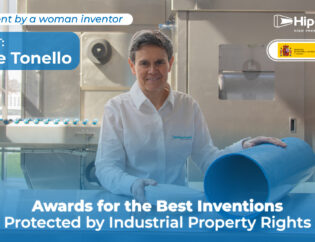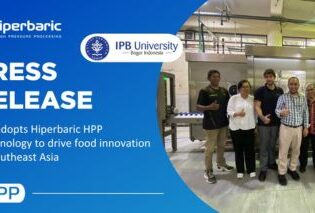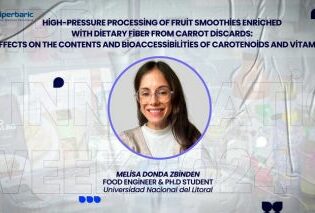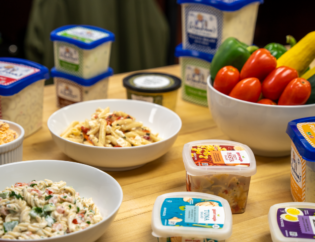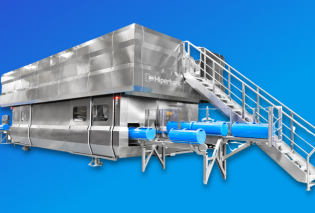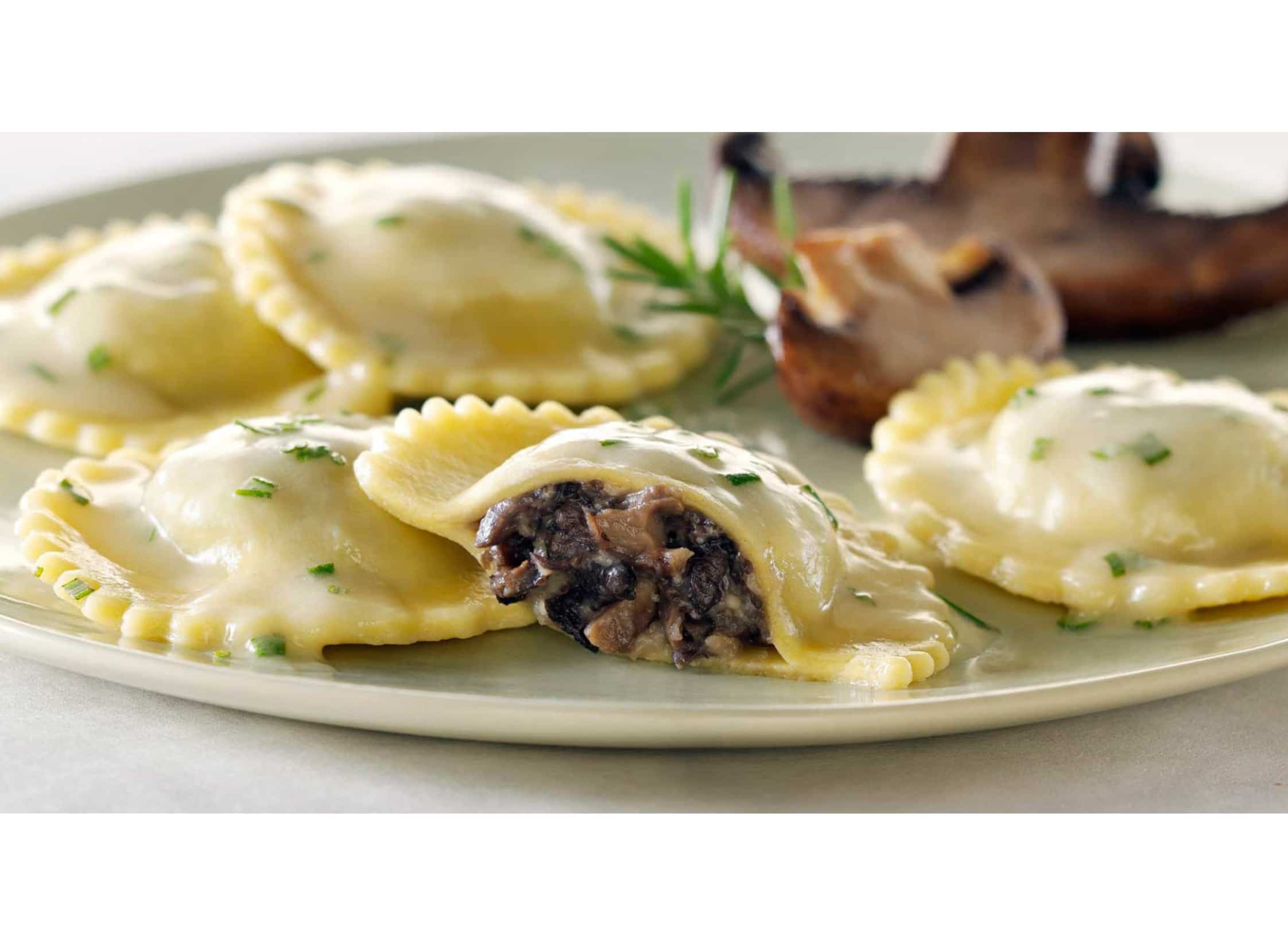

HPP allows to obtain natural, fresh and high quality products in a wide variety of food applications. This fits perfectly with the current consumer demands and food industry requirements. It is especially remarkable in Italy where consumers give a high importance to food quality in terms of organoleptic properties and minimally processed products, features that are perfectly committed by HPP technology. Moreover, the extended shelf-life and food safety achieved thanks to high pressure allows Italian producers to conquer the strictest markets. All this combination together with innovation and the well-known products from this Mediterranean country provides a huge potential to HPP in Italy.
How HPP adapts to current consumer demands
High Pressure Processing (also called HPP) is a non-thermal food preservation technology that delivers minimally processed food with extended shelf life. Spoilage microorganisms and pathogens are inactivated by means of cold hydrostatic pressure (up to 600 MPa or 6000 bar), which avoids the use of heat and preserves nutritional, sensory and texture characteristics of the food. The process is applied on already packaged products, eliminating any chance of cross contamination.
Consumer criteria for food acceptance is complex. Not only sensory characteristics of the product are crucial, but also related factors such as previous information acquired, past experiences, attitude or beliefs are important. Raising concerns regarding ultra-processed food consumption is driving consumers’ willingness towards more traditional and natural products, which are generally considered as safe. Moreover, consumers expect the food industry to supply products with great tasting, convenient and healthy attributes.
This is forcing the development of new processing techniques aiming to meet consumer demands. HPP is one of them, and meets all these current requirements for both food industry manufactures and consumers.
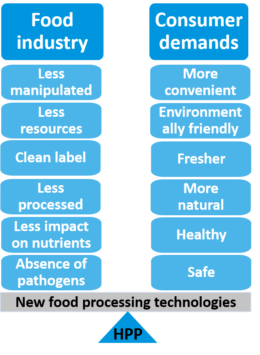
Industrial Applications for High Pressure Processing
Up to now there are more than 450 industrial HPP machines working worldwide processing an extensive range of foods. The meat and avocado industries were the first ones to benefit from the implementation of this technology, but juices and beverages are gaining importance and represent now the fastest growing sector. Seafood, dairy and ready-to-eat (RTE) industries also account for a large amount of applications. Number of toll processing facilities is steadily increasing. These companies purchase HPP equipment to offer the service to small producers that cannot afford their own HPP unit.
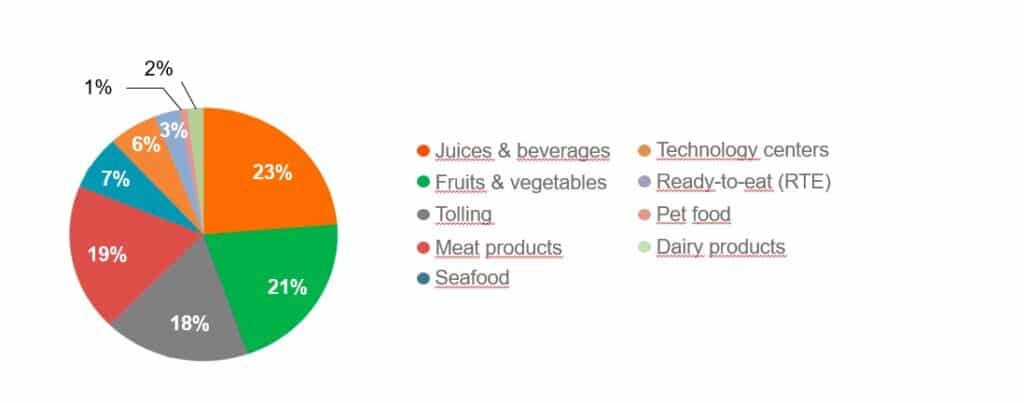
Italy: proper eating habits for HPP
Having this preview of the global market, what is the current situation of HPP in Italy and how does consumer behavior contribute to the development of the technology? Culture and tradition are closely related to eating habits. It is then easy to understand why Italians become one of the early-adopters of HPP technology. High quality meat products, delicate flavor and color of fresh juices and Mediterranean diet match perfectly with HPP and the healthy way of eating of Italians.
Italian consumers seek for quality food products. The main attributes they associate with food quality are freshness and good organoleptic properties, especially good look and taste. The place and method of production is also considered stablishing the following relation: a quality food product has a short supply chain and is either minimally processed or made with traditional methods, which fits for instance with concepts such as organic.
Therefore, natural and minimally processed products offered by high pressure, together with high quality Mediterranean diet that defines Italian consumption habits, constitute an appropriate combination for the development of HPP in Italy.
HPP in Italy: something to discover or a reality?
We can definitively affirm the HPP Italian market is already a reality. There are around 15 HPP units installed in the country, most of them provided by Hiperbaric.
Cured and fermented meat producers were the first ones to adopt the technology aiming to offer safer products, longer shelf life and a reduction of chemical additives. These driving forces for sliced and cooked meat products has allowed the producers to guarantee the safety of their products for a longer period of time. Thus, prosciutto, salami or other cured meat producers greatly benefit from HPP when launching their products in countries with strict regulations.
For instance, they are now able to reach the United States where food safety authorities established a “zero tolerance” for Listeria monocytogenes, which is recurrent in cured meat and also in RTE meats. Using heat pasteurization to control the pathogen would certainly ruin the delicate sensory attributes of this food category. That is why, HPP becomes an excellent tool to ensure the absence of L. monocytogenes and to open the doors to new markets. Rovagnati and Golfera are two representative success stories of the application of HPP in this kind of products.
After cured meat manufacturers, fruit juice producers followed, so they are now able to maintain quality and nutrients of traditional fruit and berry juices such as pomegranate, aronia or goji. HPP gives juice producers, such as Insal’arte, the chance to develop safe and premium fruit and vegetable beverages preserving their freshness, color, flavor and nutritional quality.
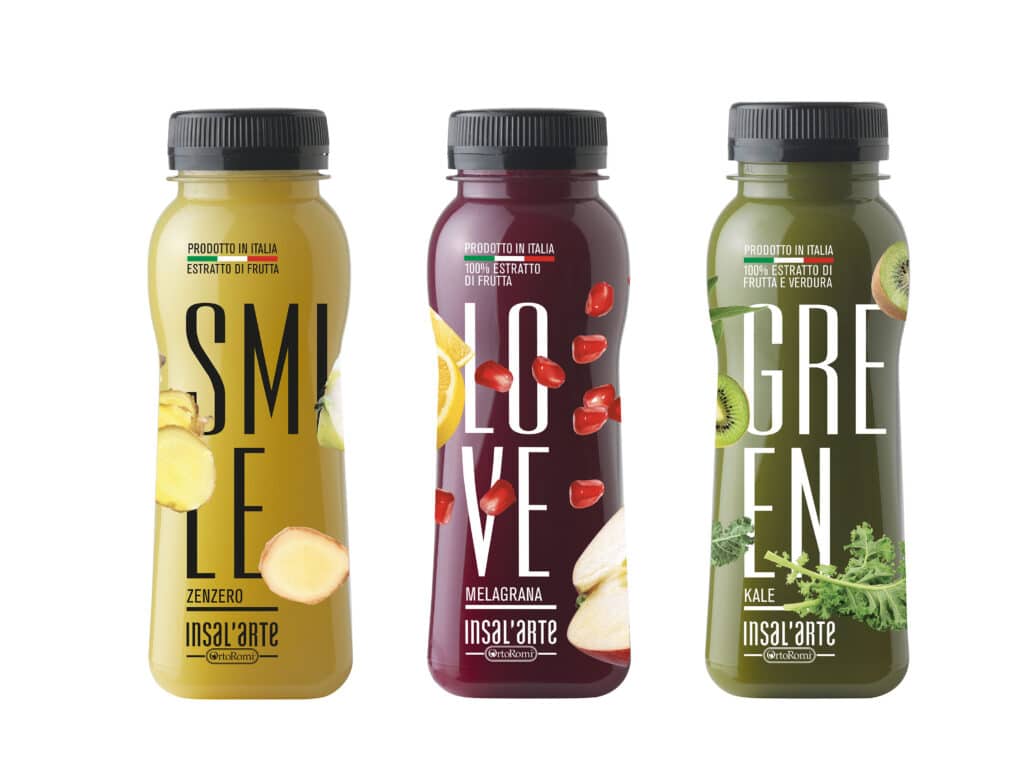
The benefits that HPP offers did not go unnoticed among small producers, so investors saw an opportunity in the tolling business. Multiple companies from various food sectors now use the services that Italian HPP toll processors deliver.
What about HPP classic Italian dishes such as pasta or pizza?
A high activity of water in the product is needed to be HPP processed. Therefore, HPP pasta can only be found in ready-to-eat format where pasta is already boiled and, thus, contained enough amount of water. Villa Food has developed delicious recipes for HPP RTE meals among which there are several plates based on pasta such as lasagna or ravioli, among others. Natural, fresh and safe pasta RTE products in a functional and elegant packaging seem to be a successful formula for the Italian market.
Regarding pizza, several studies and trials were made demonstrating that HPP allows to reach a 3-4 weeks shelf life while keeping all its flavor, texture and appearance. In fact, some producers have already started to process pizza showing the potential of this application in this global product.
Contact us if you wish to know more about the numerous benefits that HPP technology can provide to your products regarding safety and quality.


